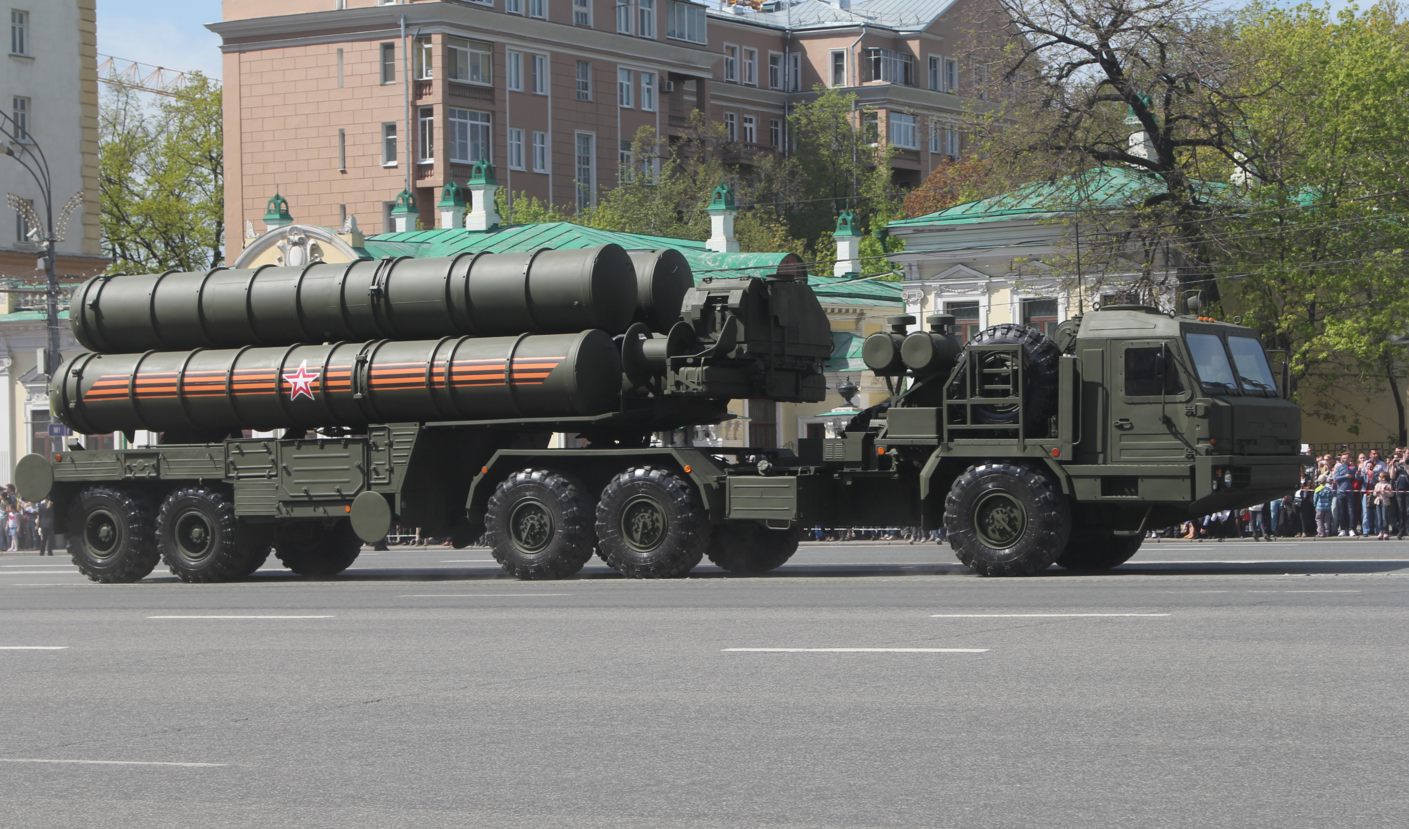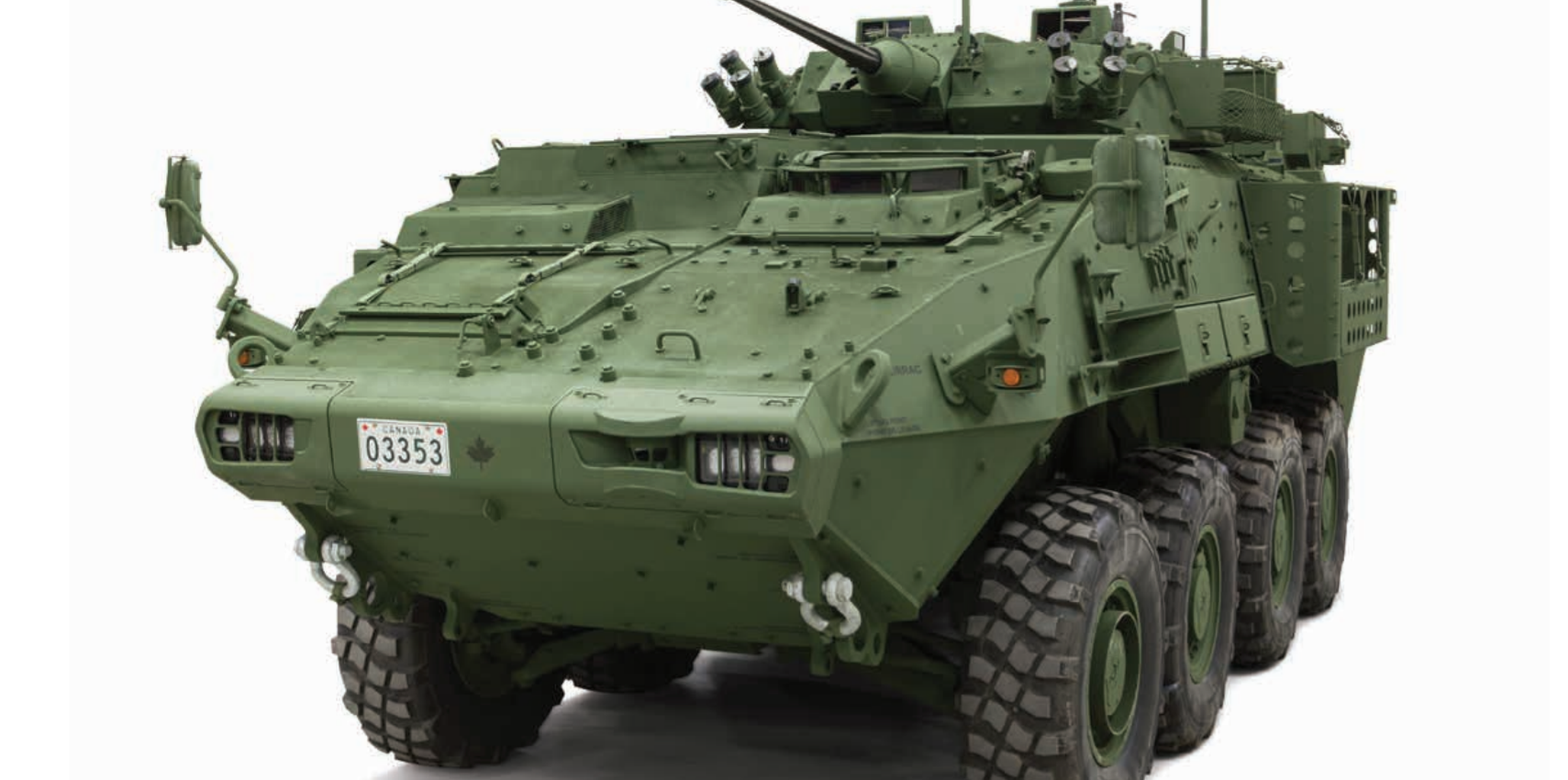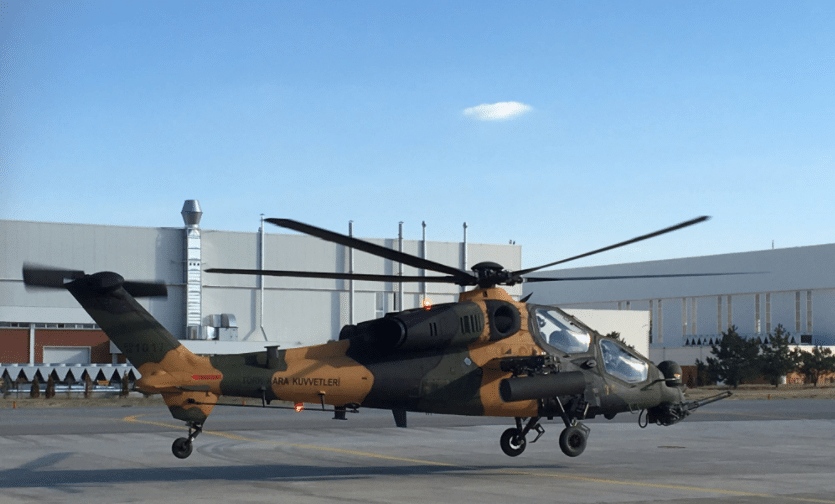938Views 9Comments

How India’s S-400 Purchase can impact Pakistan
18 December 2015
By Bilal Khan
The Indian Ministry of Defence (MoD)’s Defence Acquisition Council (DAC) is in the process of approving a multi-billion dollar purchase of five S-400 long-range surface-to-air missile (SAM) systems from Russia. In a deal worth at least $4.5 billion U.S the Indian Air Force (IAF) is looking to begin the development of a formidable air defence layer to its already capable set-up (involving land and sea-based assets).
This is not simply an issue regarding the S-400 Triumf (a very promising system in its own right), but to eventually expand the network coverage through the inevitable induction of the indigenously developed Prithvi-line of medium-to-long and short-range SAMs. That said, the S-400 – with its 400km range – is for India a welcoming layer, and for Pakistan, a challenge that can be described as another big pull (in India’s favour); in other words, the chilling strategic imbalance that concerns Pakistan’s security establishment.
The S-400 Triumf is a development of the venerable S-300 long-range SAM system. While commonly perceived as a long-range SAM system, the S-400 is in reality a multi-layered system. In other words, it is equipped to engage targets at varied medium to long-range brackets. This is done by equipping the S-400 with a series of different missiles, each missile focused on engaging from a specific range. For example, the 40N6 missile has a maximum range of 400km and the 48N6 missile has a maximum range of 250km, these are strategically-focused munitions meant to defend against ballistic missiles and/or long-range bombers. The 120km 9M96E2 and 40km 9M96E missiles are tactically-oriented, i.e. they were clearly designed to intercept enemy fighter aircraft.
While the 40N6 and 48N6 missiles were meant for strategic threats in the context of Russia’s requirements vis-à-vis Europe and the U.S, the probable presence of these missiles in South Asia is without doubt going to give the Pakistani military one of its toughest headaches to date. Whereas the counter to India’s acquisition of the R-77 active radar-guided beyond-visual-range air-to-air missile (BVRAAM) was had through the purchase of the AIM-120C5 and SD-10, the counter to the S-400 Triumf is not the acquisition of a long-range SAM, such as the Chinese HQ-9. The actual countermeasure would be to acquire capabilities that could stress, deprecate and – ideally – destroy India’s air defence capabilities.
Theoretically the solution to this problem is straightforward: The Pakistan Air Force (PAF) should prioritize the acquisition of low-observable (i.e. stealth) combat aircraft as well as longer-range anti-radiation air-to-surface missiles and sub-munition capable air launched cruise missiles (ALCM). In theory, these fighters would be difficult to detect and the munitions would threaten the S-400’s radar suite (which is necessary for detection and targeting).
The Pakistan Army (and military) as a whole would need to invest in multiple independently-guided re-entry vehicle (MIRV)-equipped ballistic missiles. These ballistic missiles would have multiple warheads, each primed for a specific target, and can be used to stress India’s air defence system. The Pakistan Navy would need assets capable of stand-off strike via surface and sub-surface assets. It would also be helpful if Pakistan had more geographical maneuvering space (i.e. strategic depth).
Unfortunately, in Pakistan’s case, the theory is severely difficult to implement. It is not simply a matter of being able to stress India’s air defence, but also being capable of withstanding an Indian conventional response (which is stronger than Pakistan’s on many of the counts that matter). This is where Pakistan’s own acquisition of a long-range SAM would come into play. However, to be frank, these ideas would not necessarily guarantee absolute success in a conflict, but would at least serve as a credible deterrence (on the grounds that Pakistan’s conventional response would be unfeasible for India). However, with $16 billion U.S spent in servicing debt in the previous fiscal year and $1.8 billion U.S spent on Zarb-e-Azb over the past year, it is a tough ask to expect Pakistan to reach the requisite deterrence level.
India’s pending S-400 acquisition demonstrates that for Pakistan, not every acquisition can be countered by a matching purchase of a similar solution. There are moments, such as the S-400, where a single imbalance mandates the acquisition of a complete multi-system counterstrategy. Within Pakistan’s current capacities, the purchase of one or two FC-31 squadrons may be possible, and if paired with the Mectron MAR-1 anti-radiation missile, would offer one system; but the remainder of the wider counterstrategy, especially on the side of the Army and Navy, will remain vacant.
With very limited financial resources, the focus on the Federally Administered Tribal Areas (FATA), and the underlying economic problems (i.e. the debt and the debt-servicing), it is difficult to expect a fully optimal response on Pakistan’s part to India’s S-400 acquisition.



9 Comments
by jigsaww
Hi,
Good selection.
I don’t know how much detail is out there
on the system itself, but if possible can you give us little more
details what one S-400 system means at tactical level? How many missiles
in quantity and types does it support.
I do believe India lowered
the quantity from 10 systems to 5, but it would mean more when we have
more info on what a system comprises of. I can safely assume that all 5
systems will be positioned on india’s western/north western borders.
For
Pakistan, countermeasures should be at least twofold, i.e. active and
passive countermeasures to deceive and neutralize the threat.
No
system is perfect. All systems can be deceived. I believe the pakistani
military will carry out a thorough analysis of this threat in coming
years and come up with countermeasures in terms of how to deceive the
threat as well as how to actively counter them. With china now also
receiving the same systems, PAF should and will, carry out mock
scenarios/exercises to test the systems weaknesses. China will
eventually work with Pakistan in developing a response to S400.
The
active response however comes from developing counter systems to take
out S400 in early stages of war. If you ask Russia itself, that is
possible – which means its possible anyway.
The last thing ofcourse
is for pakistan to step up its own deterrence. HQ9 or HQ10, will anyway
then cancel the offensive effects of S400 purchase. If its difficult for
PAF to tear thru indian air space, it should be equally difficult for
IAF to do that.
Given the speeds at which S400 operates, M6.2 for
48/49N6, the simplest solution is to deploy MIRV capable Mach 10
Ballistic missiles. I believe pakistan already operates them. There
really is no need to send in PAF before carrying out a complete
neutralization of S400 systems. It is entirely plausible but i believe
in 5 years time, counter measures will mature.
by jigsaww
Hi,
Good selection.
I don’t know how much detail is out there
on the system itself, but if possible can you give us little more
details what one S-400 system means at tactical level? How many missiles
in quantity and types does it support.
I do believe India lowered
the quantity from 10 systems to 5, but it would mean more when we have
more info on what a system comprises of. I can safely assume that all 5
systems will be positioned on india’s western/north western borders.
For Pakistan, countermeasures should be at least twofold, i.e. active and
passive countermeasures to deceive and neutralize the threat.
No system is perfect. All systems can be deceived. I believe the pakistani
military will carry out a thorough analysis of this threat in coming
years and come up with countermeasures in terms of how to deceive the
threat as well as how to actively counter them. With china now also
receiving the same systems, PAF should and will, carry out mock
scenarios/exercises to test the systems weaknesses. China will
eventually work with Pakistan in developing a response to S400.
The active response however comes from developing counter systems to take
out S400 in early stages of war. If you ask Russia itself, that is
possible – which means its possible anyway.
The
last thing ofcourse is for pakistan to step up its own deterrence. HQ9
or HQ10, will anyway then cancel the offensive effects of S400 purchase.
If its difficult for
PAF to tear thru indian air space, it should be equally difficult for
IAF to do that.
Given the speeds at which S400 operates, M6.2 for
48/40N6, the simplest solution is to deploy MIRV capable Mach 10
Ballistic missiles. I believe pakistan already operates them. There
really is no need to send in PAF before carrying out a complete
neutralization of S400 systems. It is entirely plausible but i believe
in 5 years time, counter measures will mature.
by saqrkh
I don’t think any one S-400 ‘system’ is necessarily the same, it’ll depend on how India chooses to configure each system. I suspect in India’s case, each system will include multiple batteries.
In the absence of a massive structural shift in Pakistan’s governing and economy, I expect the two solutions to be pursued are (1) 5th gen fighters with better stand-off weaponry (extended-range ARMs included) and (2) ballistic missiles with MIRV.
Whether it would be successful or not is another story, but the PAF could attempt using FC-31s to fly low and close enough for a stand-off anti-radiation-tipped ALCM to launch.
by MT
5 battalions shold have around 40-50 launchers with 1000+ missiles
by jigsaww
It seems like Russia did not entertain India on S-400 purchase anymore than media’s half-cooked stories. More noise, less action.
I guess we can simply extend that 5 years estimation further.
Seems like its no PAK-FA = no S400.
by jigsaww
Hope you didn’t get a brain haemorrhage after the not-so conclusive Modi-Putin meet. Kamov is all you get now.
by MT
Talka are ongoing.
India will cancel rafale for F18 license production in India and S400 import from russia
by rtnguy
Yeah thats what i also believe, 100-120 Super hornets with 2000 S400 missiles. Rafale deal is over. Russkies are ok with S400 provided they get cash for FGA which india has agreed.
by MT
India can buy 2-3 hornet at unit rafale price